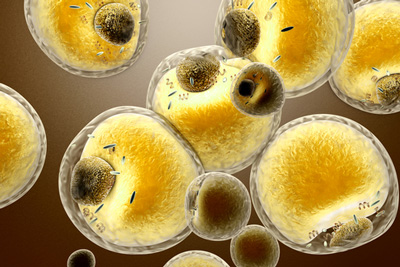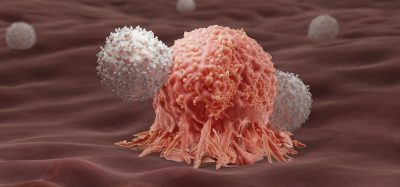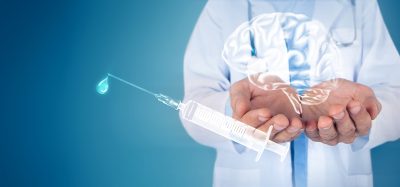Discovery of a signalling pathway that activates desire to exercise
Posted: 21 August 2024 | Drug Target Review | No comments yet
The study highlights the possible therapeutic significance of targeting the pathway for treating obesity and metabolic disease.


Led by Guadalupe Sabio, researchers at the National Cancer Research Centre (CNIO) have discovered a signalling pathway that activates the desire to exercise. Also, they demonstrated that proteins produced by muscle through exercise regulate each other, preventing the desire to exercise from eventually harming the body. This study highlights the possible therapeutic significance of targeting the pathway to treat obesity and metabolic disease.
Sabio, head of CNIO’s Interaction between Organs in Metabolic Diseases Group, commented: “We have discovered how muscle itself regulates interest in exercise through a signalling pathway between muscle and brain that we didn’t know about, and which is one of those responsible – as there must be several – for the fact that, when we exercise, we experience the impulse to train even more.” The data was obtained from animal models, human volunteers who performed controlled exercise, and patients with obesity.
It was observed that when muscles contract repeatedly and intensely during exercise, the pathways of two proteins, p38α and p38γ, are activated. Depending on how much each of these two proteins are activated, the interest in physical activity is greater or lower. Also, a third protein, interleukin 15 (IL-15) is involved. The team found that activation of p38γ by exercise prompts the production of IL-15. This protein has a direct effect on the motor cortex. The increase of IL-15 in blood acts as a signal to the brain to improve motor activity, making the animals become more active.
The authors added: “Furthermore, we observed the presence of this p38γ/IL-15 axis in humans after exercise, underscoring the clinical relevance of this signalling pathway in promoting exercise behaviour within the population.”
The activation of p38γ was also higher than that of p38α when animals were made to exercise regularly, leading the research team to posit that training itself maintains the desire to exercise. In obese animals fed a high-fat diet, regular exercise was beneficial, improving metabolism and lessening the tendency towards diabetes and fat accumulation, particularly in the liver.
In humans, the team saw that both p38 proteins are activated in muscles that were exercised with an increasing intensity. An increase of IL-15 blood levels were also detected, with obese patients showing lower values.
The authors said that the link with obesity is crucial, as it is the most common metabolic disorder worldwide. For both obesity prevention and treatment, regular exercise is considered an effective strategy. They elucidated: “The correlation between p38γ activation in human muscle during acute exercise and increased blood IL-15 levels highlights the potential therapeutic significance of this pathway in treating obesity and metabolic diseases.”
Sabio’s next steps includes confirming that IL-15 is a blood marker of the desire to exercise. Once this is proven, how different types of exercise stimulate the axis differently, and whether it has the same effect on obese and non-obese people, can be investigated. She concluded: “We could even think about creating an IL-15 drug for people who are more in need of the positive effects of physical exercise, and less likely to do or maintain it.”
She is planning to utilise this model to better determine the link between exercise, longevity and cancer, and discover the mechanisms that regulate it.
This study was published in Science Advances.
Related topics
Biomarkers, Disease Research, Drug Discovery
Related conditions
metabolic disease, Obesity
Related organisations
National Cancer Research Centre (CNIO)
Related people
Guadalupe Sabio (CNIO)








